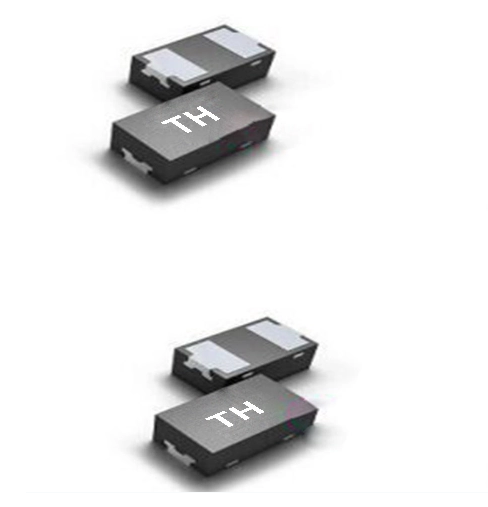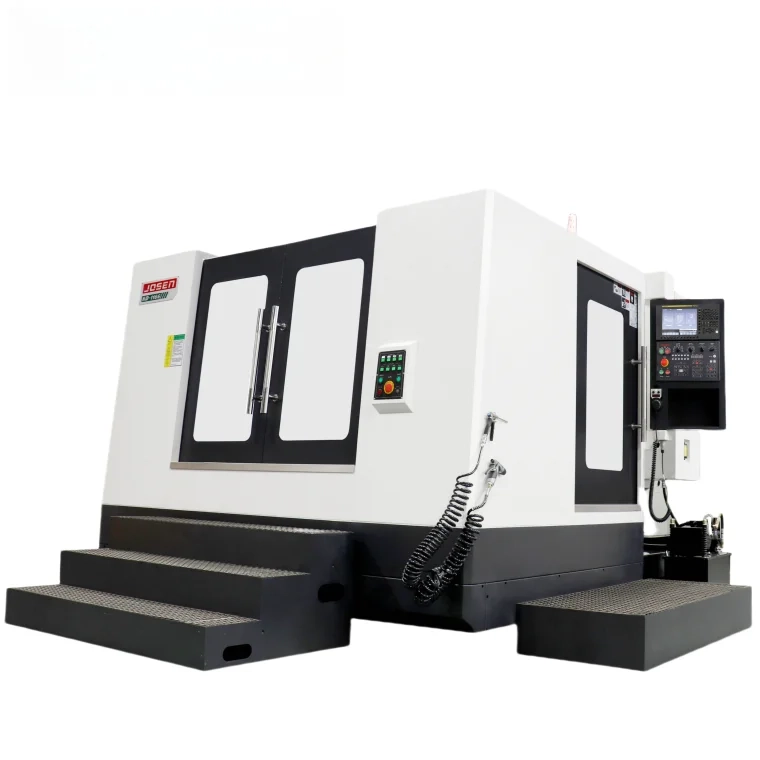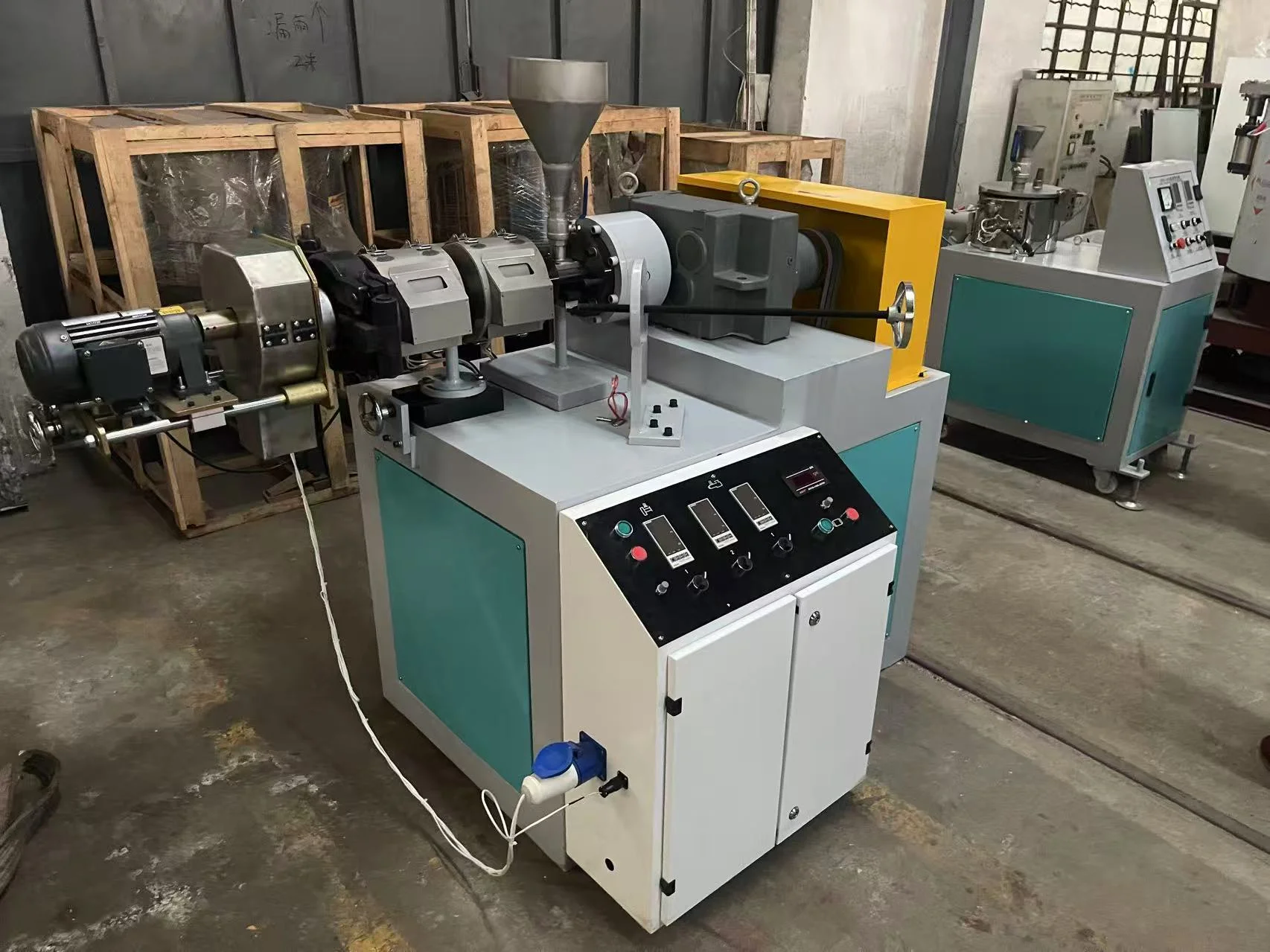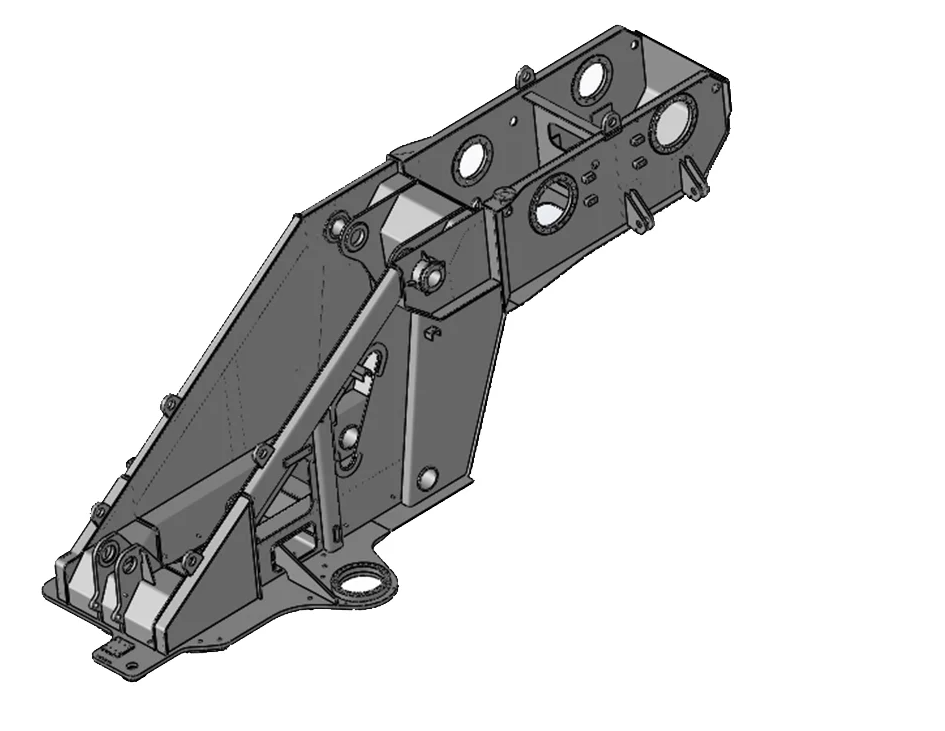Application of belt-type air compressor
In modern industrial production, air compressors, as core equipment for providing compressed air power, play an indispensable role. Belt-type air compressors are widely used in various industrial scenarios due to their mature structure, easy maintenance, and stable operation. This article will systematically introduce the application value of belt-type air compressors in modern industrial production, focusing on their characteristics, applications, advantages, and practical use cases.
1. Overview of Belt-Type Air Compressors
A belt-type air compressor transmits motor power to the compressor unit via a belt drive. Its operating principle is simple: the motor rotates a pulley, which drives the impeller or screw inside the compressor to compress air. Compared to direct-drive compressors, belt-type compressors offer flexible adjustment, a decentralized structure, and easy maintenance.
The main components of a belt-type air compressor include: a motor, a drive belt, a pulley, a compressor unit, a lubrication system, and a cooling system. With proper design and maintenance, a belt-type air compressor can operate stably for long periods of time, meeting the varying air pressure and volume requirements of industrial production.
2. Main Applications of Belt-Type Air Compressors
Belt-type air compressors have a wide range of applications in industrial production, including manufacturing, construction, chemical engineering, food processing, and many other fields. The following is an analysis of key application scenarios:
Manufacturing
In the manufacturing industry, compressed air is widely used to drive machinery, operate pneumatic tools, and perform spraying processes. Belt-type air compressors provide stable and adjustable air pressure, meeting the air source requirements of automated production lines. For example, in industries such as automotive manufacturing, machining, and woodworking, the efficient operation of pneumatic tools relies on the continuous and reliable compressed air provided by belt-type compressors.
Building and Construction
Construction sites often require a variety of pneumatic equipment, such as nail guns, concrete vibrators, and air lifts. Belt-type air compressors are a common air source of choice on construction sites due to their moderate size, high mobility, and easy maintenance. By adjusting the pulley diameter and tension, the output pressure can be flexibly controlled to meet the needs of different construction tools.
Chemical and Petrochemical Industries
Chemical production processes place high demands on the stability and reliability of compressed air. Belt-type air compressors can maintain stable pressure even under large load fluctuations, providing a reliable air source for reactor mixing, gas transportation, and other process steps. Furthermore, the chemical industry typically has strict equipment maintenance requirements. Belt-type air compressors facilitate belt replacement and mainframe maintenance, reducing production downtime and improving economic efficiency.
Food Processing Industry
The food industry has high air cleanliness requirements, especially in filling, packaging, and conveying processes. Belt-type air compressors can be used in conjunction with air filtration systems and drying equipment to provide relatively clean compressed air for driving pneumatic devices and food packaging machinery. While oil-free scroll compressors are often used in processes requiring extremely high air cleanliness (such as those involving direct food contact), belt-type compressors are still widely used in general packaging and conveying processes.
Electronics and Semiconductor Industry
Electronics and semiconductor manufacturing have strict requirements for air cleanliness and pressure stability. During production, air compressors are used for pneumatic handling, assembly equipment, and spraying equipment. While oil-free air compressors are often used in high-end production processes, belt-type compressors can play an important role in auxiliary production and equipment air supply, such as providing power air for pneumatic fixtures and conveying equipment in non-cleanroom areas.
Medical and Pharmaceutical Industry
Air cleanliness and a sterile environment are crucial in the production of medical devices and pharmaceuticals. Belt-type air compressors can provide a stable air source for auxiliary equipment, such as hospital air compression stations, dental clinics, and oxygen concentrators. For applications involving direct contact with pharmaceuticals or breathing air, oil-free scroll air compressors are required to avoid oil contamination. Belt-type air compressors can be combined with filtration systems in these applications to provide auxiliary air sources and pneumatic power support.
Research and Laboratories
Research laboratories often use compressed air for gas transportation and to drive laboratory equipment. Belt-type air compressors can serve as a power source for laboratory equipment, providing a reliable guarantee when a continuous air supply is required. Combined with air drying and purification equipment, compressed air can meet the needs of a variety of experimental processes.
3. Advantages of Belt-type air compressors
Compared to direct-drive compressors, Belt-type air compressors offer the following advantages:
Easy Maintenance: The belt is easily replaced, and the motor is separated from the compressor, eliminating the need to disassemble the entire unit for repairs.
Flexible Adjustment: By replacing the pulley or adjusting the belt tension, flexible control of pressure and flow can be achieved.
Cost-Effective: Simple structure, low manufacturing cost, and long service life make them suitable for small and medium-sized industrial users. Smooth Operation: The belt drive cushions the motor's startup shock and reduces wear on the main unit.
High Adaptability: Suitable for a variety of production environments, especially those with less stringent air supply requirements.
4. Belt-type air compressor Application Examples
Automobile Manufacturing Plants: Used in pneumatic spray guns in paint shops and pneumatic tools on assembly lines, belt-driven compressors adjust the pulley to achieve variable pressure output, ensuring spray quality and tool efficiency.
Woodworking Plants: Drive air nail guns and automatic feeders, reducing manual labor and improving production efficiency.
Chemical Plants: Provide a continuous air supply for reactor mixing systems and gas delivery equipment, ensuring process stability.
Hospitals: Auxiliary air compressor stations provide air for dental equipment and operating room pneumatic equipment, working in conjunction with oil-free scroll compressors to ensure a clean air supply.
Belt-type air compressors, with their simple structure, easy maintenance, and stable operation, play an important role in industrial production. While oil-free scroll air compressors offer irreplaceable advantages in industries requiring extremely high air cleanliness, belt-type air compressors remain a cost-effective option for general industrial applications, auxiliary air sources, and pneumatic tool drives. With appropriate selection and maintenance tailored to specific needs, belt-type air compressors can provide a stable, reliable, and economical air source for industrial production.
As a professional belt-type air compressor company, we not only provide high-quality, stable compressed air equipment but also tailor solutions to meet the air needs of various industries. Whether in manufacturing, food and beverage, medical, construction, or electronics and semiconductors, our belt-type air compressors provide an efficient, reliable, and energy-saving air source. We also prioritize after-sales service and technical guidance to ensure the long-term stability of our equipment, helping businesses improve production efficiency, reduce operating costs, and achieve sustainable development.
www.glcompressor.com
glcompressor




